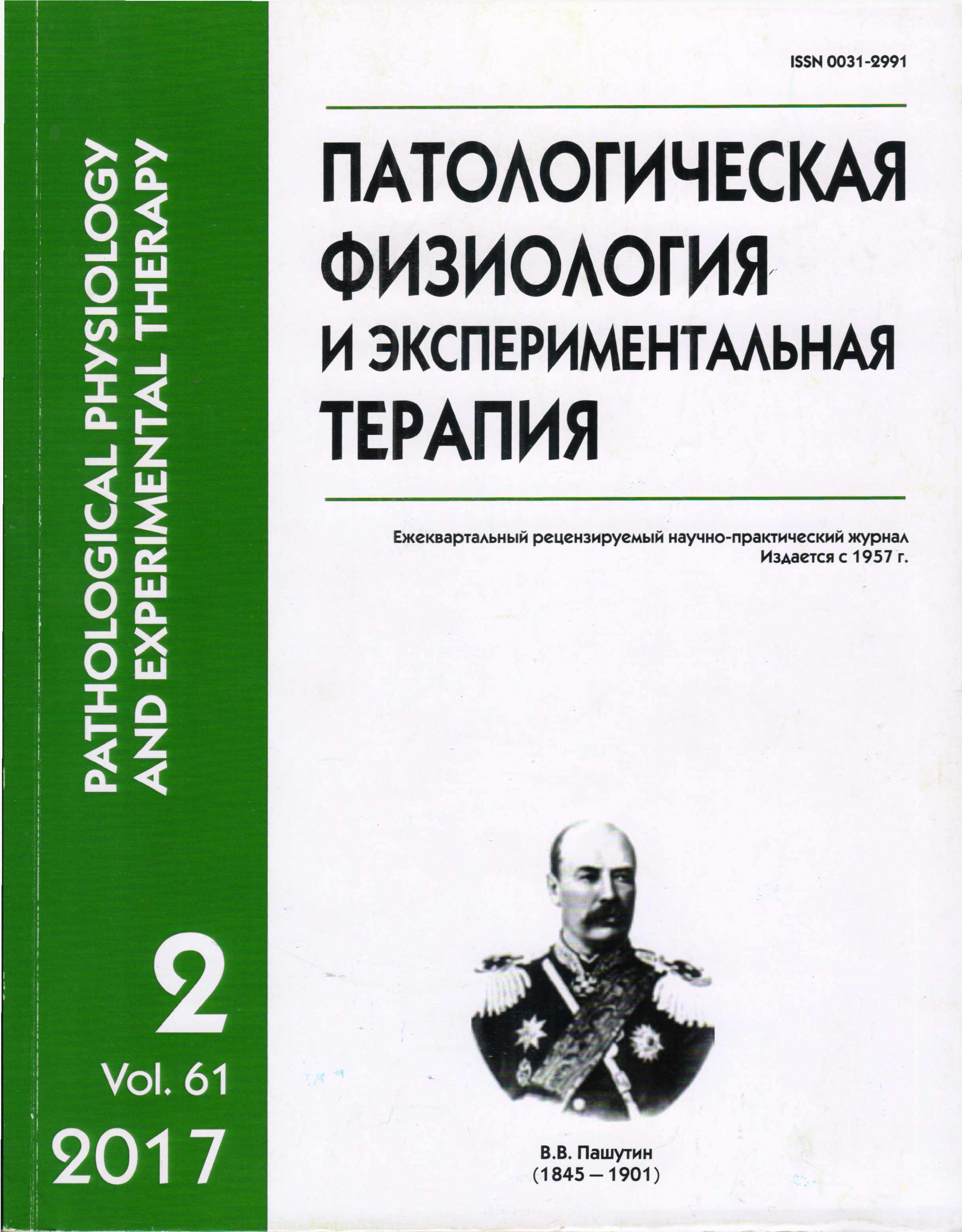The role of prostaglandins and cyclooxygenase in the pathogenesis of chronic endometritis
Abstract
The purpose: to present the modern data of cyclooxygenase role (COX) in the development of chronic endometritis.106 references on the role of COX-1 and COX-2 in the development of chronic endometritis in patients of reproductive age, published in the Medline database, Pubmed, Scopus were analyzed; 14 sources are included in this review. Prostaglandins (PG) play an important role in maintaining inflammatory process in the endometrium. Nevertheless, the production of PG and leukotrienes (LTS) — lipid mediators, which, along with PG, play a major role in the inflammatory process of the inflamed uterus, is not fully understood. Cyclooxygenase-2, the enzyme having various physiological functions, is involved in reproduction, where its role is polyfunctional. It has been established that the inhibition of cyclooxygenase pathways, blocking the synthesis of prostaglandins, eliminates the effects of many pro-inflammatory cytokine involved in the pathogenesis of chronic endometritis. Conclusion. The role of cyclooxygenase in the development of chronic endometritis is interesting; on the basis of the acquired knowledge, we can plan the use of drugs that inhibit the cyclooxygenase pathway (NSAIDs) in the treatment of chronic endometritis — as a method of pathogenetic therapy. The issue is not fully understood. Further research is needed in this sphere.






